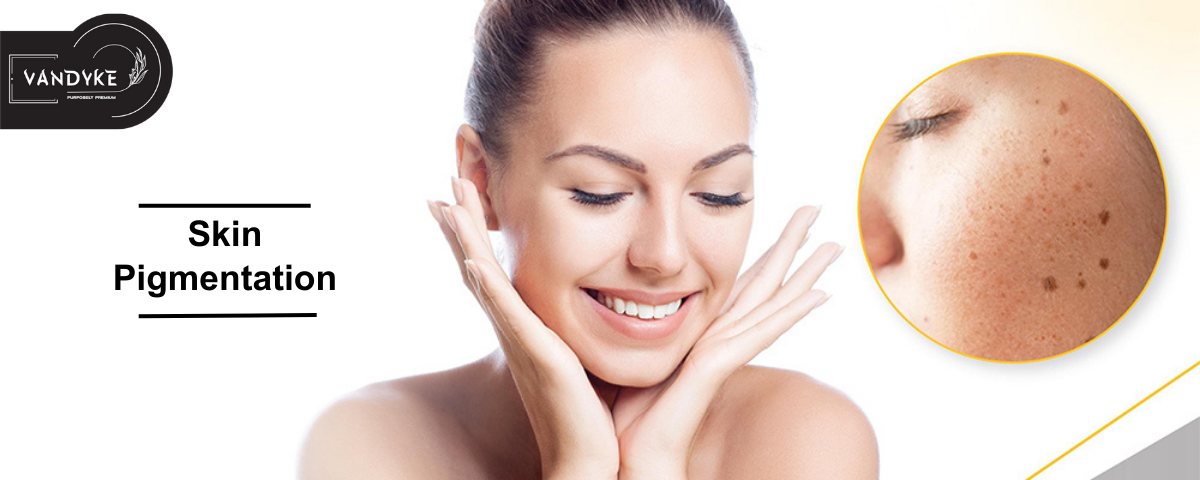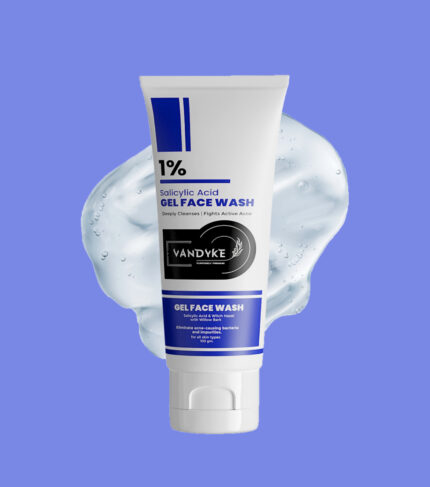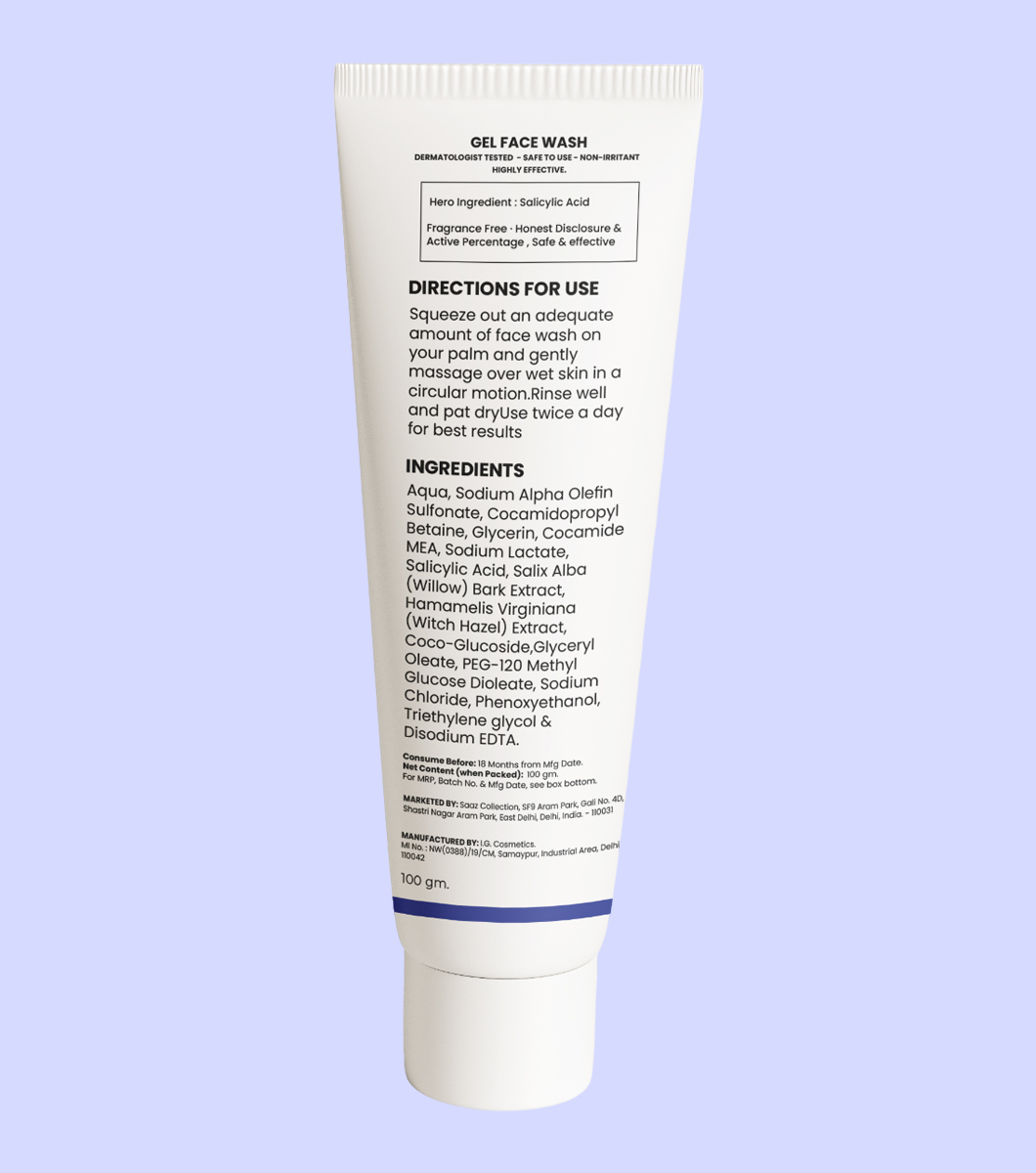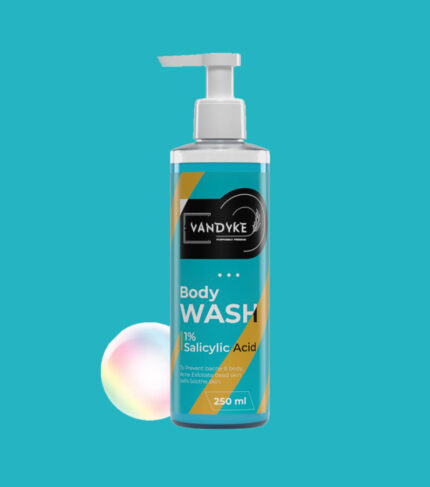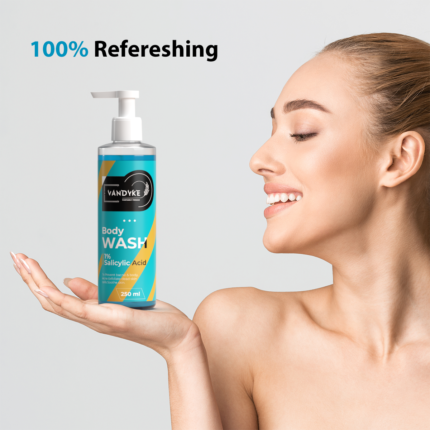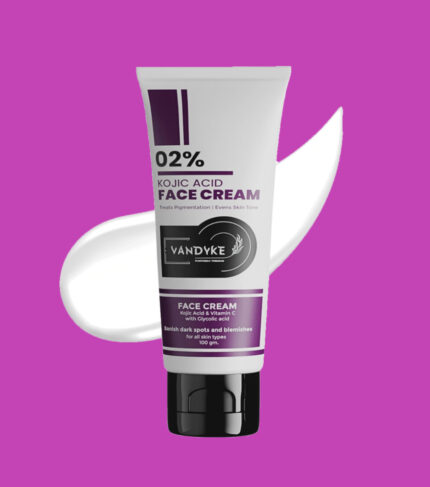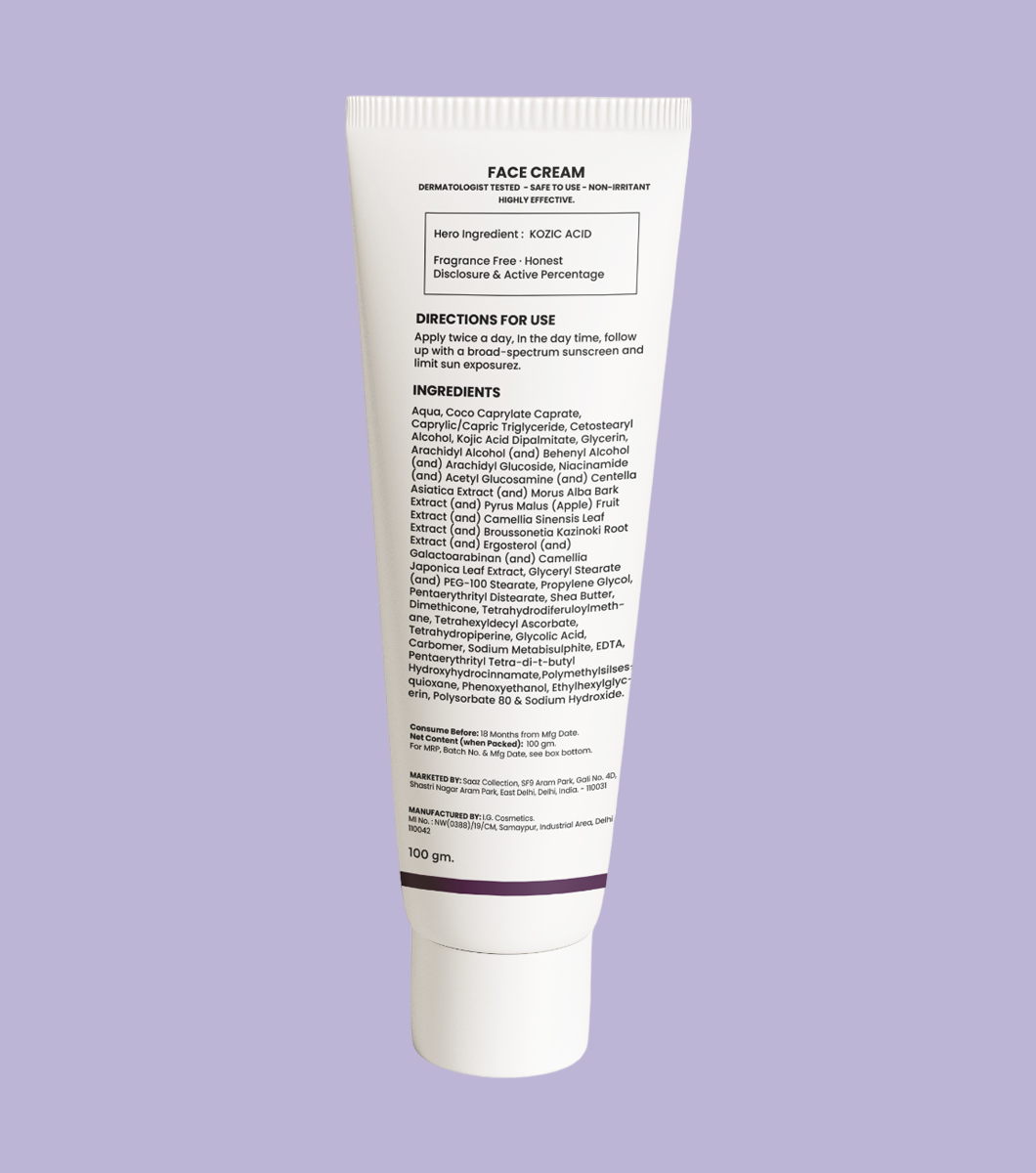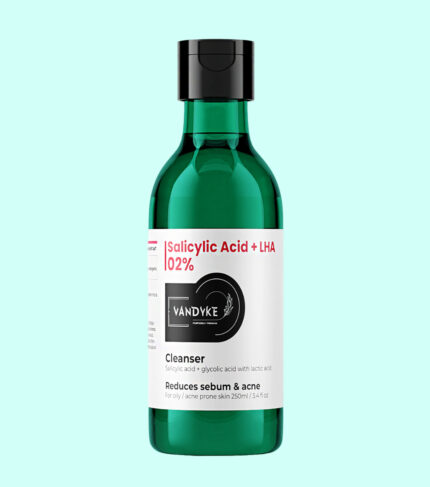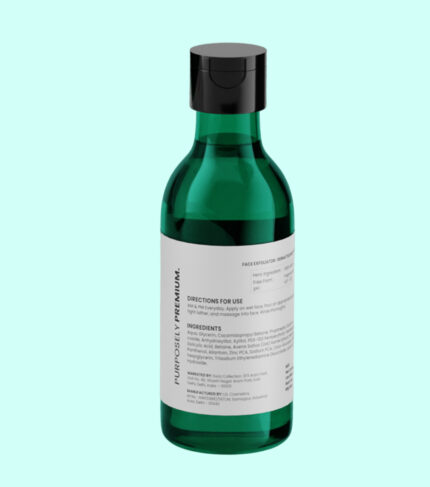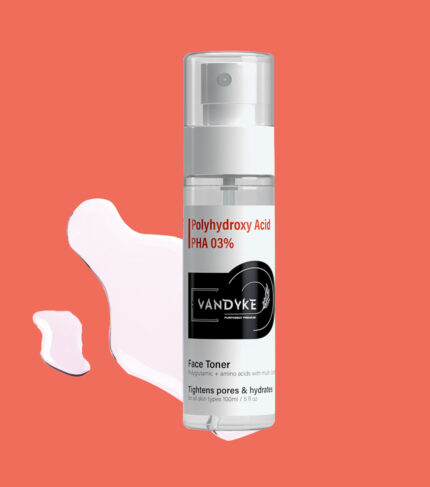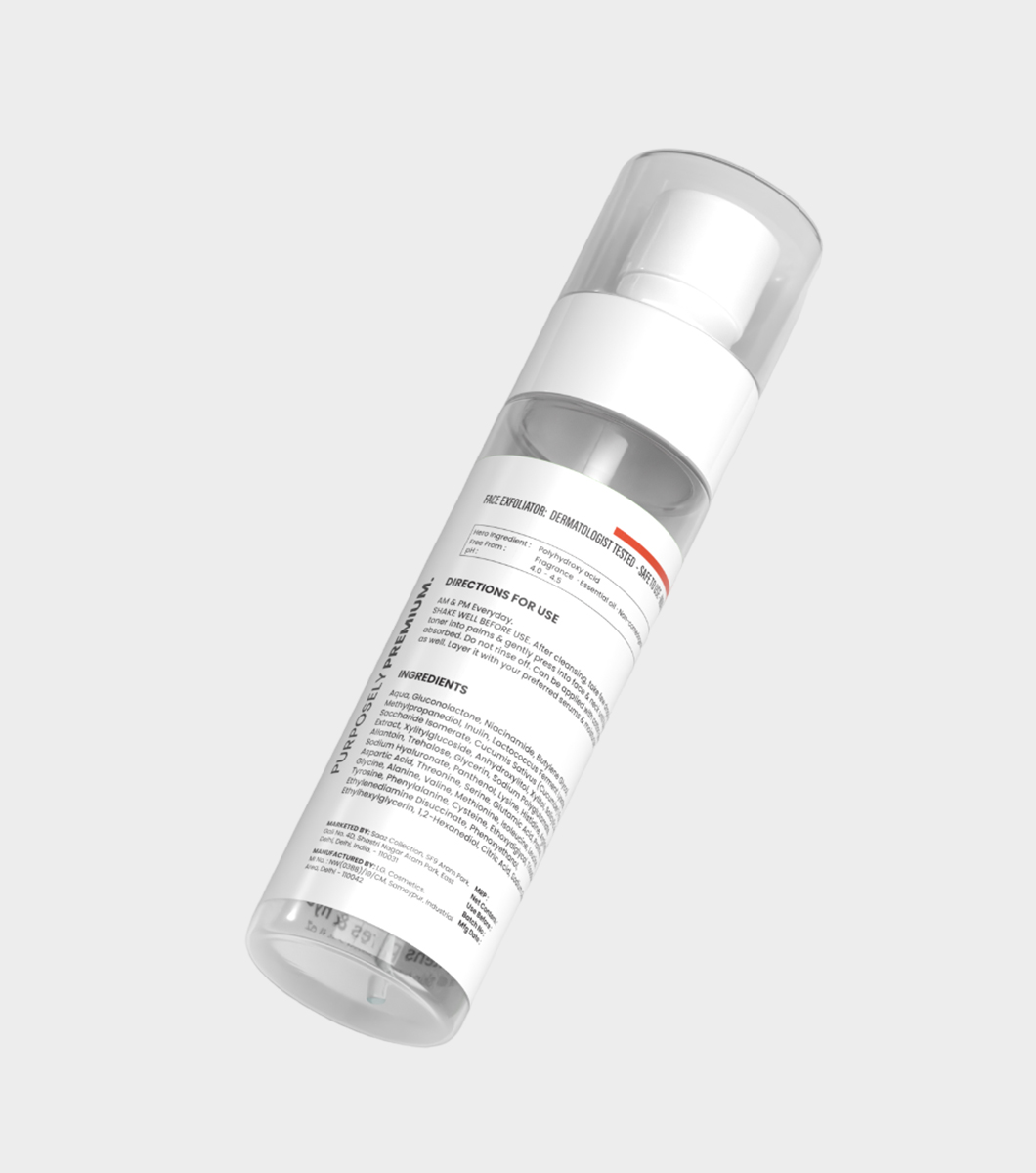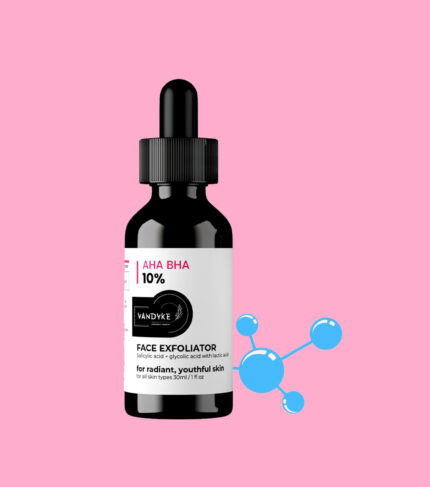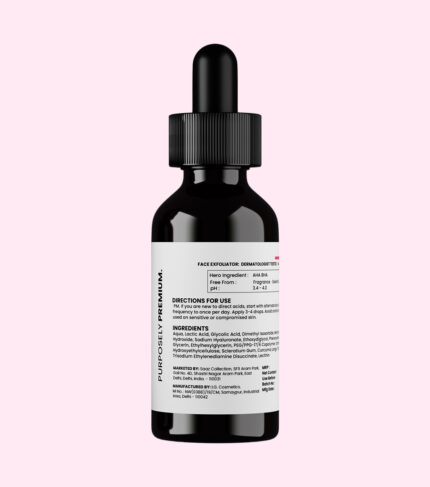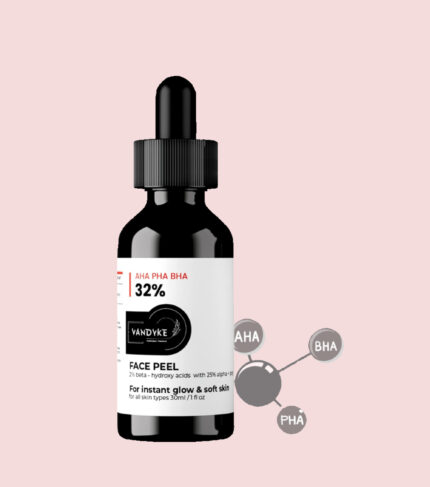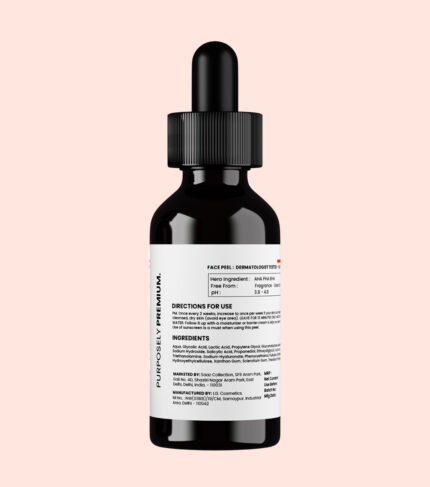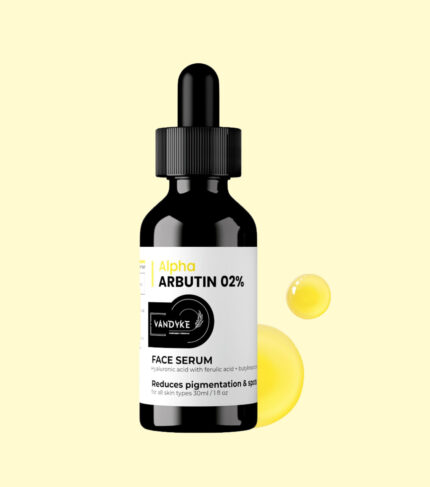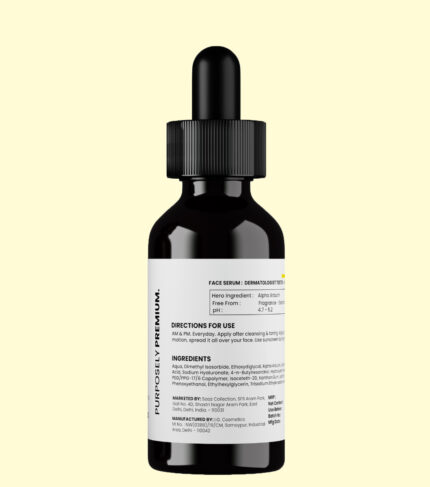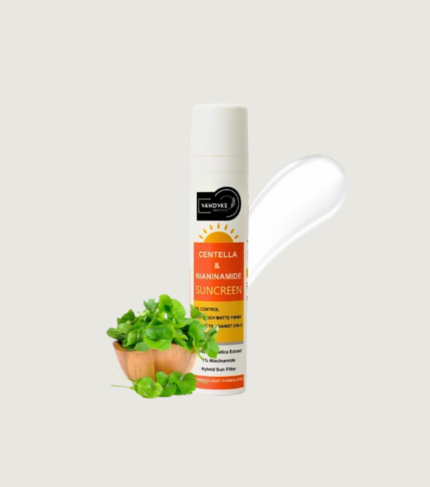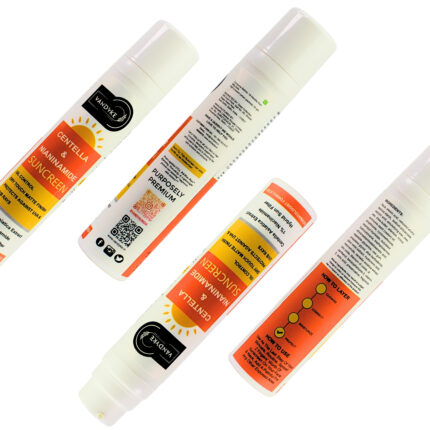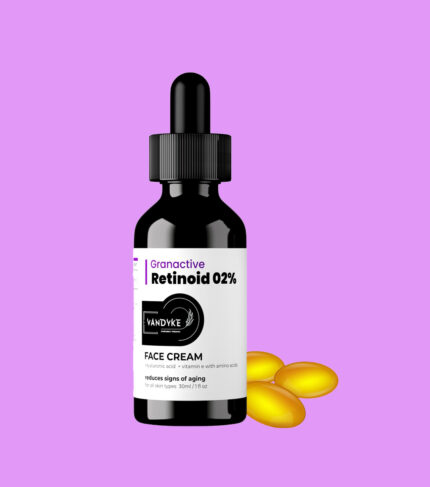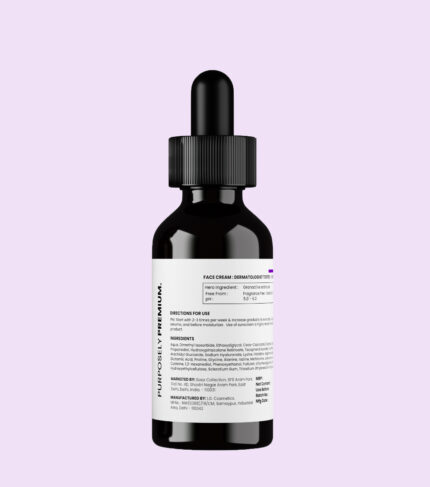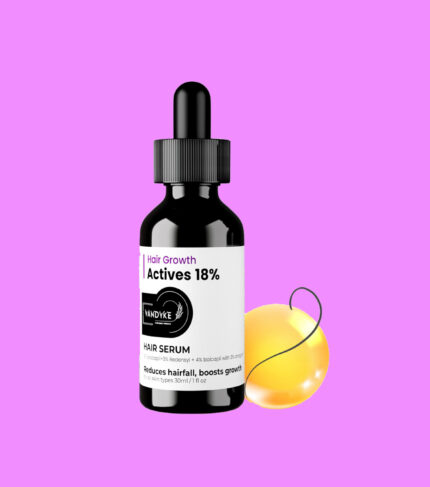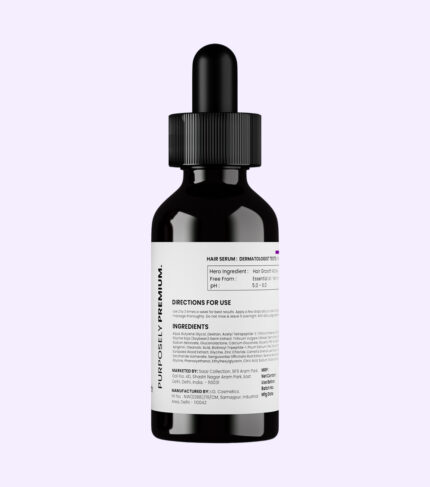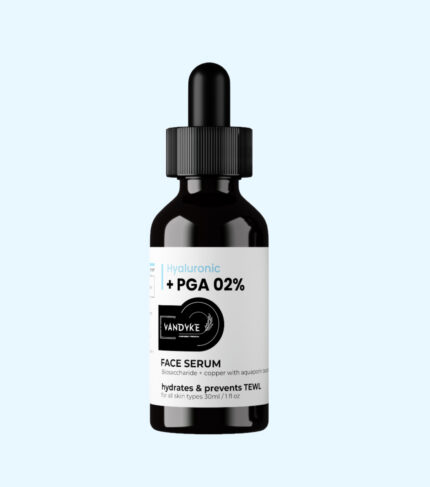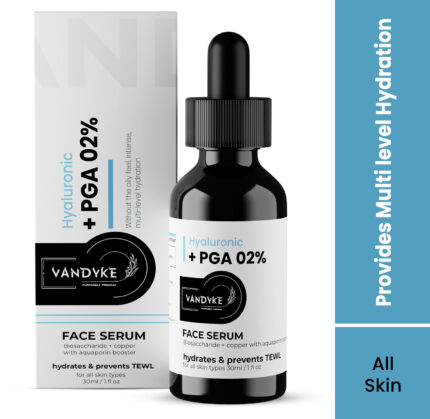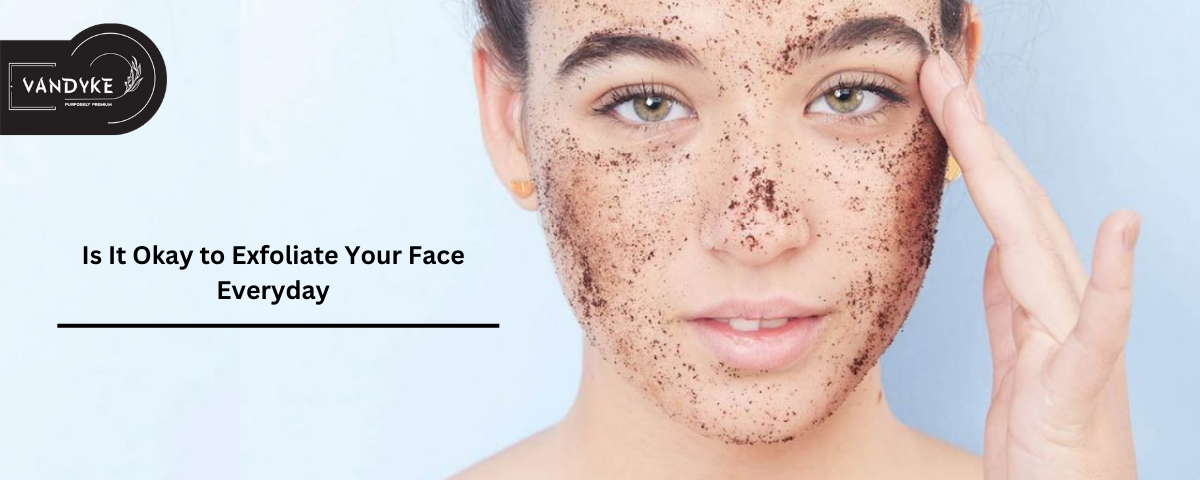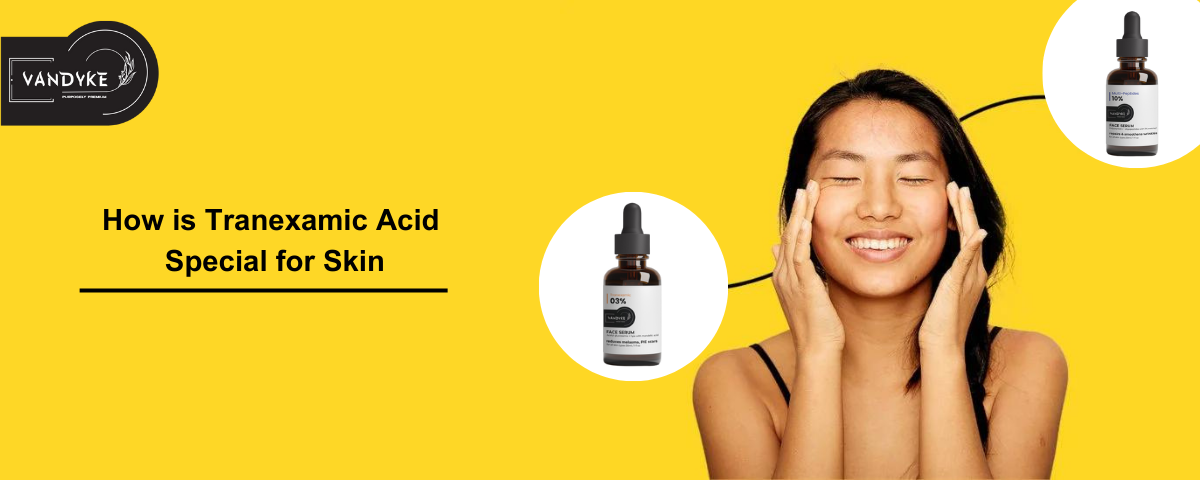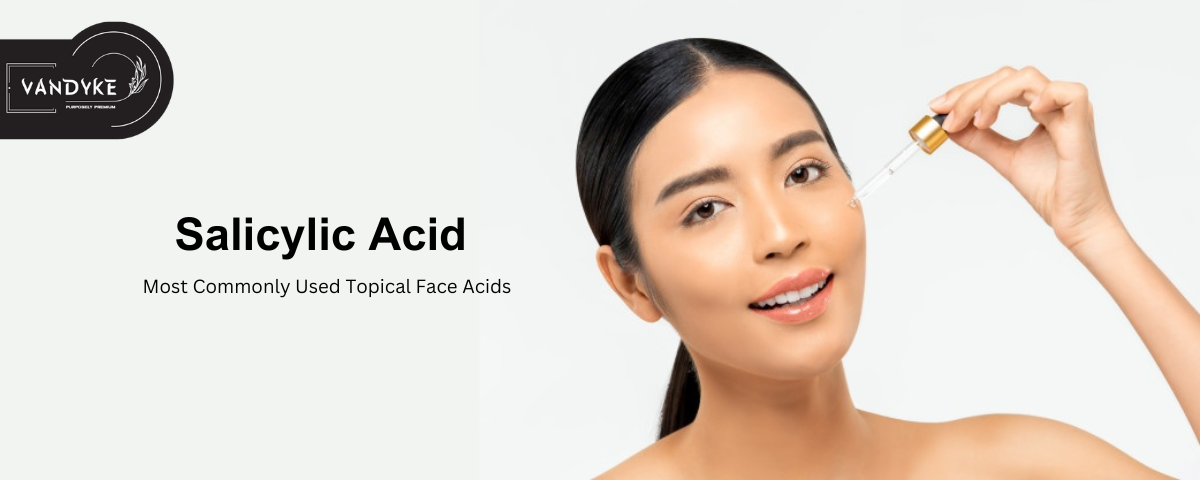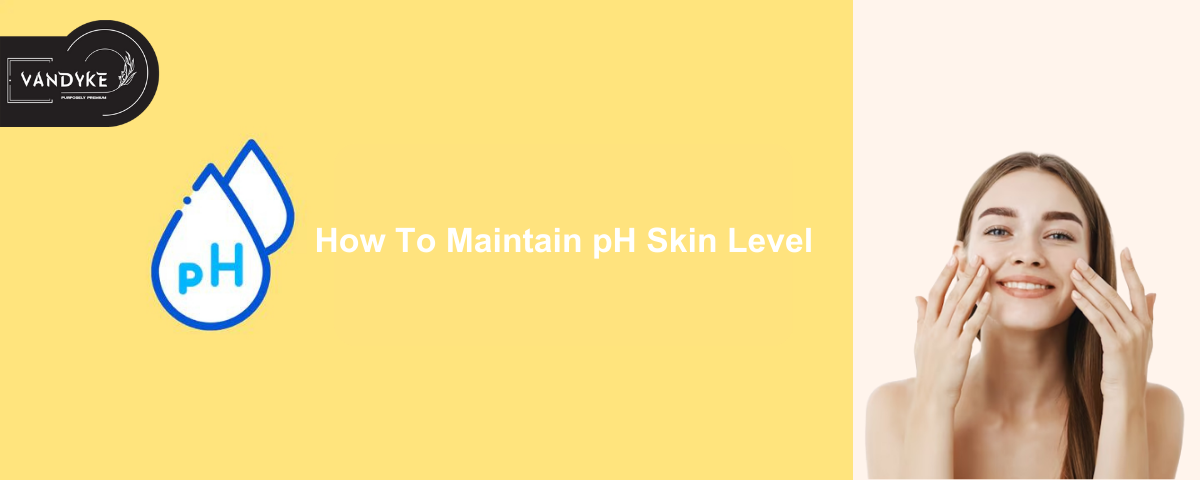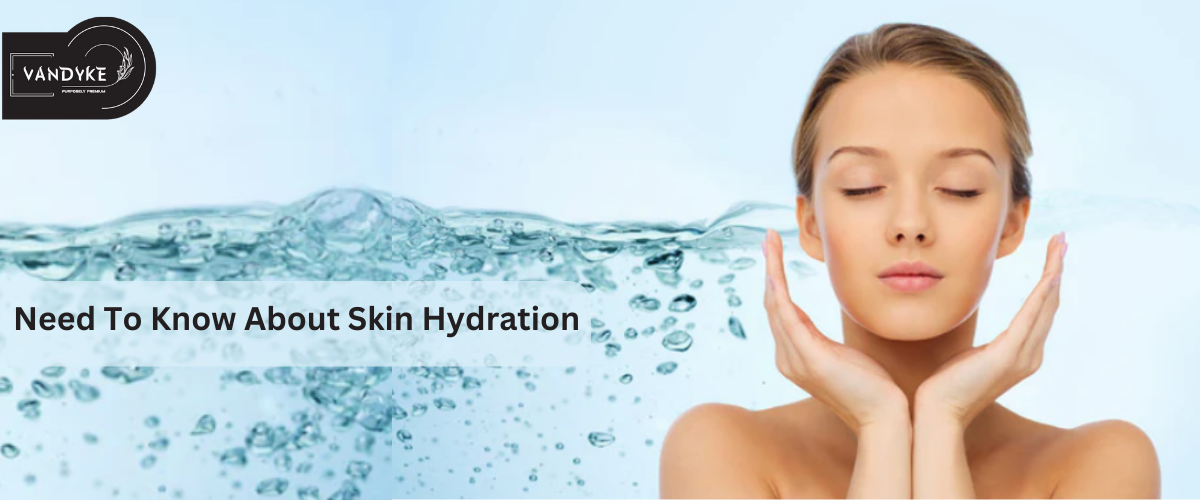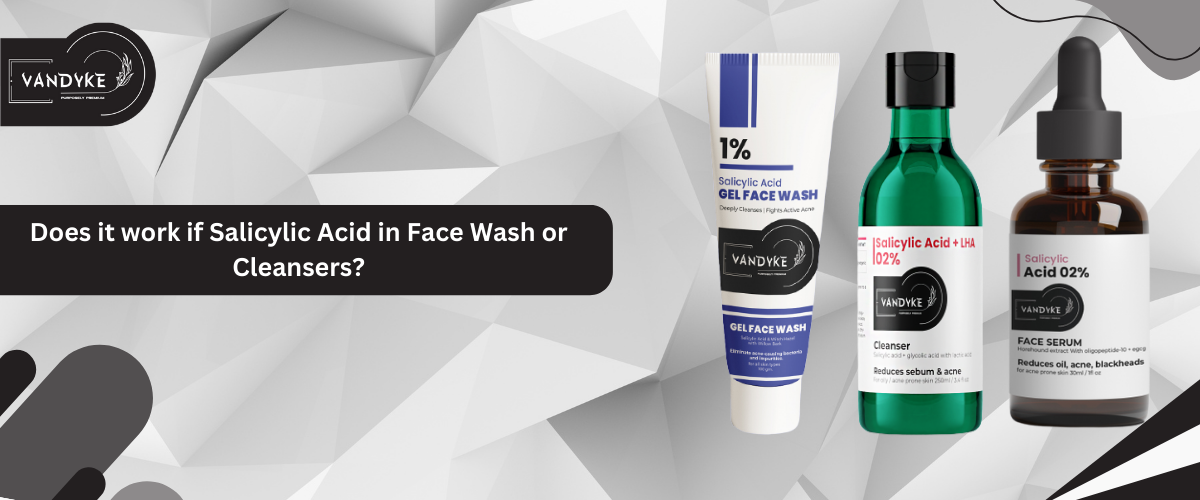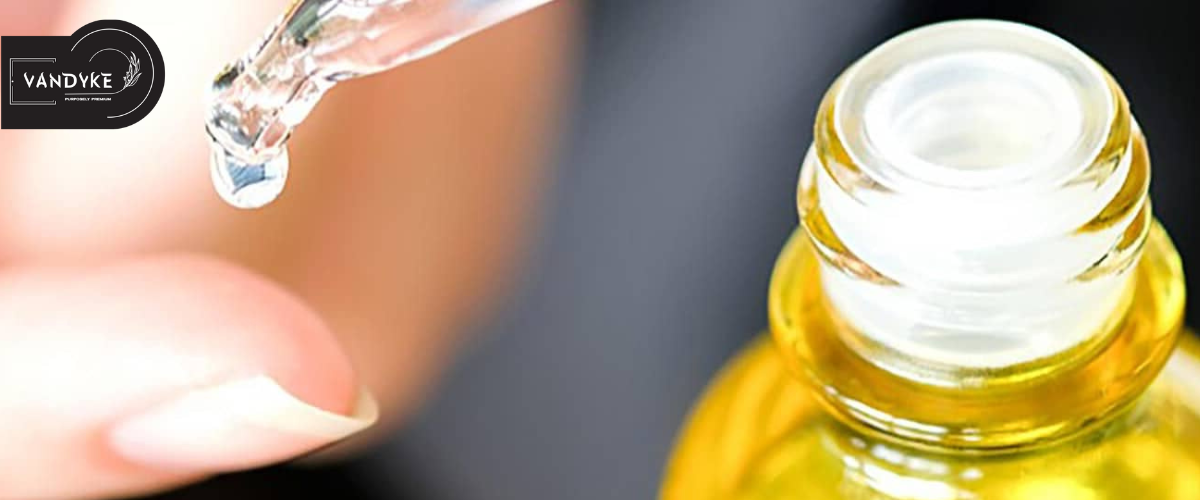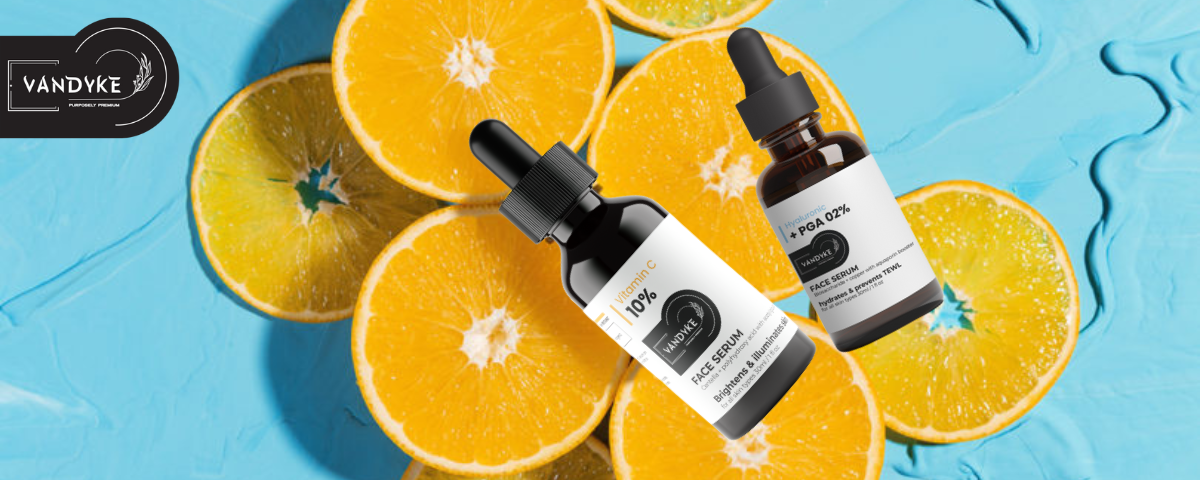Why Does Pigmentation Appear On The Face
It’s a very common topic for young people, usually about why does pigmentation appear on the face. Pigmentation on the face, also known as hyperpigmentation, can occur due to various reasons such as sun damage, hormonal changes, genetics, aging, and certain medical conditions.
Exposure to sunlight is one of the most common causes of pigmentation on the face. The ultraviolet (UV) radiation from the sun triggers the production of melanin, which is the pigment responsible for the color of our skin, and can cause uneven pigmentation, sunspots, and freckles.
Hormonal changes during pregnancy or due to the use of hormonal contraceptives can also lead to pigmentation on the face. This is known as melasma or the “mask of pregnancy.”
Genetics can also play a role in pigmentation on the face. Certain ethnicities, such as those with more melanin in their skin, may be more prone to hyperpigmentation.
Aging can also contribute to pigmentation on the face. As we age, our skin becomes less able to repair itself from sun damage, and age spots or liver spots may appear on the face.
Certain medical conditions, such as autoimmune disorders or hormonal imbalances, can also cause pigmentation on the face.
Treatment options for pigmentation on the face include topical creams also use best skincare products, pigmentation course and pigmentation kit chemical peels, laser treatments, and microdermabrasion, among others. It’s important to consult a dermatologist to determine the cause of the pigmentation and the best course of treatment.
What Is Hyperpigmentation?
Hyperpigmentation is a common skin condition where patches of skin become darker than the surrounding areas due to an excess of melanin, which is the pigment that gives skin its color. This can occur anywhere on the body, but is most commonly seen on the face, neck, hands, and arms.
There are several types of hyperpigmentation, including melasma, post-inflammatory hyperpigmentation, and age spots (also known as liver spots or solar lentigines).
Melasma is a type of hyperpigmentation that occurs primarily in women, often during pregnancy or while taking hormonal contraceptives. It appears as brown or greyish patches on the face, especially on the cheeks, nose, forehead, and upper lip.
Post-inflammatory hyperpigmentation (PIH) is a type of hyperpigmentation that can occur after the skin experiences inflammation or trauma, such as from acne, insect bites, or cuts. PIH usually appears as dark spots or patches on the affected area.
Age spots are another common type of hyperpigmentation, especially in older individuals. They are flat, oval-shaped spots that typically appear on the face, hands, arms, and chest.
Hyperpigmentation can be treated with topical creams, chemical peels, laser therapy, or other methods, depending on the type and severity of the condition you can use vandyke skincare products for pigmentation on the face. It’s important to speak with a dermatologist to determine the best course of treatment for your specific case.
Types of Hyperpigmentation On The Face
There are several types of hyperpigmentation that can occur on the face, including:
- Melasma: Melasma is a common type of hyperpigmentation that appears as brown or grayish patches on the face, especially on the cheeks, nose, forehead, and upper lip. It is more common in women and is often associated with hormonal changes during pregnancy or while taking hormonal contraceptives.
- Post-inflammatory hyperpigmentation (PIH): PIH is a type of hyperpigmentation that can occur after the skin experiences inflammation or trauma, such as from acne, insect bites, or cuts. PIH usually appears as dark spots or patches on the affected area.
- Sunspots: Sunspots, also known as solar lentigines or liver spots, are flat, brown spots that appear on areas of the skin that are frequently exposed to the sun, such as the face, hands, and arms.
- Freckles: Freckles are small, flat, brown spots that often appear on the face and are more common in people with fair skin.
- Dark circles: Dark circles under the eyes can also be a form of hyperpigmentation, caused by the accumulation of melanin in the skin.
It’s important to note that some forms of hyper pigmentation may require medical attention or treatment, so it’s always a good idea to consult a dermatologist if you are concerned about any changes in your skin.
Risk Factors of Attaining Facial Pigmentation
There are several risk factors that can increase the likelihood of developing facial pigmentation, including:
- Sun exposure: Exposure to ultraviolet (UV) radiation from the sun is one of the main risk factors for facial pigmentation. This is because the UV radiation triggers the production of melanin, which can cause uneven pigmentation, sunspots, and freckles.
- Hormonal changes: Hormonal changes during pregnancy or due to the use of hormonal contraceptives can also increase the risk of developing facial pigmentation. This is known as melasma or the “mask of pregnancy.”
- Genetics: Certain ethnicities, such as those with more melanin in their skin, may be more prone to hyperpigmentation.
- Age: Aging can also contribute to pigmentation on the face. As we age, our skin becomes less able to repair itself from sun damage, and age spots or liver spots may appear on the face.
- Skin trauma: Skin trauma, such as from acne, insect bites, or cuts, can also increase the risk of developing post-inflammatory hyperpigmentation (PIH) on the face.
- Medical conditions: Certain medical conditions, such as autoimmune disorders or hormonal imbalances, can also cause pigmentation on the face.
- Certain medications: Some medications, such as antibiotics, anticonvulsants, and chemotherapy drugs, can increase the risk of developing facial pigmentation as a side effect.
It’s important to take steps to protect your skin from sun exposure, maintain a healthy lifestyle, and seek medical attention if you notice any changes in your skin.
Causes of Hyperpigmentation on the Face
Hyperpigmentation on the face can be caused by a variety of factors, including:
- Sun exposure: Exposure to ultraviolet (UV) radiation from the sun is one of the most common causes of hyperpigmentation on the face. The sun triggers the production of melanin in the skin, which can lead to uneven pigmentation, sunspots, and freckles.
- Hormonal changes: Hormonal changes during pregnancy or due to the use of hormonal contraceptives can also cause hyperpigmentation on the face. This is known as melasma or the “mask of pregnancy.”
- Post-inflammatory hyperpigmentation (PIH): PIH is a type of hyperpigmentation that can occur after the skin experiences inflammation or trauma, such as from acne, insect bites, or cuts. PIH usually appears as dark spots or patches on the affected area.
- Age: As we age, our skin becomes less able to repair itself from sun damage, and age spots or liver spots may appear on the face.
- Genetics: Certain ethnicities, such as those with more melanin in their skin, may be more prone to hyperpigmentation.
- Medical conditions: Certain medical conditions, such as autoimmune disorders or hormonal imbalances, can also cause hyperpigmentation on the face.
- Certain medications: Some medications, such as antibiotics, anticonvulsants, and chemotherapy drugs, can increase the risk of developing hyperpigmentation as a side effect. These all are the reason why dose pigmentation appear on the face.
It’s important to protect your skin from sun exposure, maintain a healthy lifestyle, and seek medical attention if you notice any changes in your skin.
Medical Conditions That Hyperpigmentation May Indicate
Hyperpigmentation can be a symptom of various medical conditions, and in some cases, it may be the first sign of an underlying medical condition. Some medical conditions that hyperpigmentation may indicate include:
- Addison’s disease: Addison’s disease is a condition that occurs when the adrenal glands do not produce enough hormones. One of the symptoms of Addison’s disease is hyperpigmentation, which typically appears on areas of the skin that are exposed to the sun.
- Hemochromatosis: Hemochromatosis is a condition that causes the body to absorb too much iron, which can lead to a buildup of iron in the skin. This can cause a gray or bronze pigmentation on the face.
- Cushing’s syndrome: Cushing’s syndrome is a condition that occurs when the body produces too much cortisol. One of the symptoms of Cushing’s syndrome is hyperpigmentation, which can occur on areas of the skin that are exposed to the sun or on areas of the skin that experience friction.
- Peutz-Jeghers syndrome: Peutz-Jeghers syndrome is a rare genetic disorder that causes polyps to grow in the digestive tract. People with this condition may develop dark pigmentation on the lips, mouth, and face.
- Tinea versicolor: Tinea versicolor is a fungal infection that can cause patches of hyperpigmentation on the skin.
- Iron deficiency anemia: Iron deficiency anemia can cause a pale skin complexion, but in some cases, it can also cause hyperpigmentation on the face.
If you notice any changes in your skin, it’s important to seek medical attention to determine the underlying cause of the hyperpigmentation.
How is Hyperpigmentation on The Face Treated?
There are several treatments available for hyperpigmentation on the face, including:
- Topical treatments: Over-the-counter and prescription creams and lotions that contain ingredients such as hydroquinone, retinoids, azelaic acid, and kojic acid can help to lighten hyperpigmentation on the face. These treatments work by inhibiting the production of melanin in the skin. You can use vandyke skincare products. We have special pigmentation kit for your face with Alpha Lipoic Acid, Alpha Arbutin and sunscreen SPF 50.
- Chemical peels: Chemical peels involve the application of a solution to the face, which causes the top layer of skin to peel off. This can help to remove hyperpigmentation and reveal brighter, more even-toned skin underneath.
- Microdermabrasion: Microdermabrasion is a non-invasive procedure that uses a special tool to exfoliate the skin and remove dead skin cells, which can help to reduce the appearance of hyperpigmentation on the face.
- Laser therapy: Laser therapy involves the use of a specialized laser to target and break down the pigmentation in the skin. This can help to lighten hyperpigmentation and promote skin rejuvenation.
- Cryotherapy: Cryotherapy involves the use of liquid nitrogen to freeze and destroy the pigmented cells in the skin. This can be an effective treatment for small areas of hyperpigmentation.
It’s important to note that some treatments may not be suitable for everyone and may cause side effects such as redness, irritation, and sensitivity. It’s always best to consult with a dermatologist or skincare professional to determine the best course of treatment for your specific case of hyperpigmentation. Additionally, wearing sunscreen and protecting your skin from sun exposure can help to prevent further hyperpigmentation from developing.
Home Remedies For Hyperpigmentation On The Face
There are several home remedies that may help to reduce the appearance of hyperpigmentation on the face. However, it’s important to note that these remedies may not work for everyone and may take time to show results. It’s always best to consult with a dermatologist or skincare professional before trying any home remedies. Here are some examples:
- Lemon juice: Lemon juice contains vitamin C, which has been shown to have skin lightening properties. Applying lemon juice directly to the hyperpigmented areas on the face may help to lighten the skin over time. However, it’s important to be cautious when using lemon juice on the skin, as it can be irritating and may cause sensitivity or redness.
- Aloe vera: Aloe vera has anti-inflammatory properties and may help to soothe the skin and reduce hyperpigmentation. Applying fresh aloe vera gel to the face and leaving it on for 30 minutes before rinsing off may help to improve the appearance of hyperpigmentation.
- Turmeric: Turmeric is a natural anti-inflammatory and antioxidant that may help to reduce hyperpigmentation on the face. Mix turmeric powder with water to create a paste, apply to the face, and leave on for 10-15 minutes before rinsing off.
- Green tea: Green tea contains antioxidants that may help to reduce inflammation and lighten hyperpigmentation on the face. Brew a cup of green tea, allow it to cool, and apply to the face using a cotton ball.
- Milk: Milk contains lactic acid, which has been shown to have skin brightening properties. Apply milk to the face using a cotton ball and leave on for 15-20 minutes before rinsing off.
Again, it’s important to note that these home remedies may not work for everyone and may take time to show results. It’s always best to consult with a dermatologist or skincare professional to determine the best course of treatment for your specific case of hyperpigmentation.
What Should We Eat to Stop Pigmentation
While there is no one food that can completely stop pigmentation, maintaining a healthy and balanced diet can help to promote overall skin health and prevent further hyperpigmentation. Here are some foods that may be beneficial:
- Foods rich in vitamin C: Vitamin C is an antioxidant that can help to protect the skin from damage and promote collagen production, which can help to reduce the appearance of hyperpigmentation. Examples of foods rich in vitamin C include oranges, strawberries, kiwi, broccoli, and bell peppers.
- Foods rich in vitamin E: Vitamin E is another antioxidant that can help to protect the skin from damage and promote healing. Examples of foods rich in vitamin E include almonds, sunflower seeds, avocado, and spinach.
- Foods rich in beta-carotene: Beta-carotene is a precursor to vitamin A, which is important for maintaining healthy skin. Examples of foods rich in beta-carotene include carrots, sweet potatoes, pumpkin, and apricots.
- Foods high in omega-3 fatty acids: Omega-3 fatty acids are important for maintaining skin health and reducing inflammation. Examples of foods high in omega-3 fatty acids include fatty fish such as salmon, nuts and seeds, and avocados.
- Green leafy vegetables: Green leafy vegetables are a good source of antioxidants, vitamins, and minerals that are important for maintaining healthy skin. Examples include spinach, kale, and collard greens.
It’s important to note that while a healthy diet can help to promote overall skin health, it may not be enough to completely stop pigmentation. It’s also important to wear sunscreen and protect your skin from sun exposure to prevent further hyperpigmentation from developing.
What Should We Avoid To Stop Pigmentation
To help prevent pigmentation or reduce the severity of existing pigmentation, it’s important to avoid certain triggers or aggravating factors. Here are some examples:
- Sun exposure: UV radiation from the sun is one of the biggest triggers for hyperpigmentation. To prevent further pigmentation, it’s important to avoid prolonged sun exposure and to wear protective clothing and sunscreen with an SPF of at least 30.
- Hormonal changes: Hormonal changes, such as those that occur during pregnancy or with the use of birth control pills, can trigger pigmentation. If you are experiencing hormonal changes, it’s important to be extra diligent about sun protection.
- Irritants: Certain skincare products, such as those that contain harsh chemicals or fragrances, can irritate the skin and trigger pigmentation. Avoid using products that irritate your skin and opt for gentle, non-irritating products instead. Use Top quality skincare products.
- Inflammation: Inflammation, whether from acne, eczema, or other skin conditions, can trigger pigmentation. If you have an inflammatory skin condition, work with a dermatologist to manage it effectively.
- Heat: Exposure to heat, whether from hot showers, saunas, or steam rooms, can trigger pigmentation. Avoid prolonged exposure to heat and opt for cooler temperatures instead.
By avoiding these triggers and aggravating factors, you may be able to help prevent or reduce the severity of pigmentation on the skin. It’s important to work with a dermatologist or skincare professional to determine the best course of treatment for your specific case of hyperpigmentation.
Why does pigmentation happen on the face in india
Pigmentation on the face is a common concern in India, particularly among individuals with darker skin tones. This is because individuals with darker skin tones have more melanin in their skin, which can make them more prone to developing hyperpigmentation. Additionally, factors such as sun exposure, hormonal changes, and inflammation can all contribute to the development of pigmentation on the face.
In India, sun exposure is a particularly important factor in the development of pigmentation. The country’s location near the equator means that it receives high levels of UV radiation throughout the year, and many people spend a significant amount of time outdoors. In addition, cultural norms around beauty and skin color can contribute to a lack of awareness about the importance of sun protection, leading to increased pigmentation.
Hormonal changes can also be a contributing factor in the development of pigmentation on the face in India. For example, conditions such as melasma, which is characterized by brown or gray-brown patches on the face, are more common in women and are often associated with pregnancy or the use of birth control pills.
Overall, a combination of genetic and environmental factors can contribute to the development of pigmentation on the face in India. To prevent or manage hyperpigmentation, it’s important to protect the skin from sun exposure, use gentle and non-irritating skincare products, and work with a dermatologist or skincare professional to determine the best course of treatment.
Best Skincare Products Should Use to Clean Pigmentation
There are a number of skincare products that can be helpful in managing pigmentation on the face. Here are some examples:
- Gentle cleansers: A gentle cleanser is an important part of any skincare routine, particularly for individuals with pigmentation. Look for a cleanser that is non-irritating and free of harsh chemicals, such as sulfates or fragrances. Gentle Skin Cleanser and Alpha Arbutin 02% Hydrating Gentle Cleanser are two examples of gentle cleansers that may be suitable for individuals with pigmentation.
- Vitamin C serums: Vitamin C is an antioxidant that can help to protect the skin from damage and promote collagen production, which can help to reduce the appearance of pigmentation. Look for a serum that contains a high concentration of vitamin C, such as SkinCeuticals Ferulic Acid or Alpha Arbutin 02% Serum.
- Retinoids: Retinoids are derivatives of vitamin A that can help to promote cell turnover and reduce the appearance of hyperpigmentation. Look for a retinoid serum or cream, Choice 1% Retinol Treatment.
- Hydroquinone: Hydroquinone is a topical medication that can be effective in treating hyperpigmentation. It works by inhibiting the production of melanin in the skin. However, it should only be used under the guidance of a dermatologist, as it can have potential side effects and may not be suitable for everyone.
- Sunscreen: Sunscreen is one of the most important products for managing pigmentation on the face. Look for a broad-spectrum sunscreen with an SPF of at least 30, and reapply it throughout the day as needed. Some examples of good sunscreens for pigmentation include UV Clear Broad-Spectrum SPF 50 and PA++++ rated sunscreen Unseen Sunscreen SPF 40.
It’s important to note that skincare products In India alone may not be enough to completely eliminate pigmentation on the face. It’s important to work with a dermatologist or skincare professional to determine the best course of treatment for your specific case of hyperpigmentation.
Home Made Recipes To Stop Pigmentation
While there is no single “miracle” home remedy for pigmentation, there are a number of natural ingredients that may be helpful in reducing its appearance. Here are some home remedies that may be worth trying:
- Lemon juice: Lemon juice contains natural alpha-hydroxy acids (AHAs) that can help to exfoliate the skin and reduce the appearance of pigmentation. To use, simply apply fresh lemon juice to the affected area using a cotton ball or pad, leave it on for 10-15 minutes, then rinse off with cool water. Be sure to use sunscreen if you go outside, as lemon juice can make your skin more sensitive to the sun.
- Aloe vera: Aloe vera has anti-inflammatory properties that can help to reduce inflammation and redness associated with pigmentation. Apply fresh aloe vera gel to the affected area and leave it on for 20-30 minutes before rinsing off with cool water.
- Turmeric: Turmeric contains curcumin, a natural anti-inflammatory compound that may help to reduce the appearance of pigmentation. Mix one teaspoon of turmeric powder with enough milk or water to make a paste, apply to the affected area, and leave on for 15-20 minutes before rinsing off with warm water.
- Yogurt: Yogurt contains lactic acid, which is a natural exfoliant that can help to remove dead skin cells and reduce the appearance of pigmentation. Apply plain yogurt to the affected area and leave on for 15-20 minutes before rinsing off with cool water.
- Green tea: Green tea contains antioxidants that can help to protect the skin from damage and reduce the appearance of pigmentation. Brew a cup of green tea, allow it to cool, then use a cotton ball or pad to apply it to the affected area. Leave on for 10-15 minutes before rinsing off with cool water.
It’s important to note that while these home remedies may be helpful in reducing the appearance of pigmentation, they may not be as effective as medical treatments or professional skincare products. If you’re concerned about pigmentation on your face, it’s a good idea to speak with a dermatologist or skincare professional to determine the best course of treatment for your specific case.
Best Face Serum For Pigmentation
Best face serum for pigmentation may vary depending on the individual’s skin type, severity of pigmentation, and other factors. However, some ingredients that are commonly found in effective pigmentation serums include:
- Vitamin C: This powerful antioxidant can help to brighten the skin and fade pigmentation by inhibiting the production of melanin.
- Niacinamide 05% and Niacinamide 10%: This form of vitamin B3 can help to reduce hyperpigmentation by inhibiting the transfer of melanin to skin cells.
- Retinol 03% : This derivative of vitamin A can help to increase cell turnover and reduce the appearance of pigmentation.
- Alpha Hydroxy Acids (AHAs): These exfoliating acids can help to remove dead skin cells and promote skin renewal, which can lead to a more even skin tone.
- Kojic acid: This natural ingredient can help to inhibit the production of melanin and reduce the appearance of pigmentation.
When looking for a serum for pigmentation, it’s important to look for products that contain these ingredients, and to choose a formula that is appropriate for your skin type. Additionally, be sure to wear sunscreen daily to protect your skin from further pigmentation. Vandyke best skincare products in India buy online skincare products.

